Milan vs Rome: A Comprehensive City Comparison
For those in search of a trendy and dynamic city, Milan certainly stands out. The capital of Lombardy is known for its bustling daytime activities and vibrant nightlife. With a reputation that has evolved from one of formality to that of a cultural hotspot, Milan offers a unique blend of elegance and art. Having visited since childhood for family and artistic endeavors, I’ve observed its transformation into a lively design hub, particularly since hosting the Expo 2015 event, which marked a new era in its tourism appeal.
While Milan maintains a refined atmosphere—exemplified by the glamorous attendees at La Scala opera and the front rows of Milan Fashion Week—it also embraces contemporary art through bold installations like Maurizio Cattelan’s 11-meter sculpture installed in front of the Italian stock exchange, pointing a finger at the social and economic backdrop of the times.
On the other hand, the eternal allure of Rome invites countless visitors, making it a favored destination for travelers. This iconic city attracts over 35 million guests annually, ranking it second in Europe for tourism, blending a rich historical tapestry with the energies of a modern capital. In anticipation of the Catholic Church’s jubilee year in 2025, Rome is currently undergoing extensive renovations, enhancing historical sites like the Trevi Fountain and various churches.
Rome’s character is continuously evolving, with a recent influx of high-end hotels such as Bulgari, Six Senses, and Edition, alongside a myriad of innovative dining options and contemporary art venues that coalesce with time-honored trattorias and religious lodgings. This vibrant diversification makes the city an exciting place to explore.
Given the choice between these magnificent cities for a weekend getaway, one must consider which destination offers superior dining, activities, hospitality, and cultural experiences. Here’s an in-depth comparison.
Activities and Experiences

Declared Winner: Tie
Milan is renowned for its lively social scene, welcoming guests year-round. Key events like Milan Fashion Week in February and September, along with the Salone del Mobile in April, contribute to the city’s vibrant atmosphere.
This thriving community is passionate about contemporary art and design, with hotspots from Brera to Isola showcasing open studios and a flourishing aperitivo culture, particularly evident in the revitalized Navigli district filled with trendy cafés, bars, and boutique accommodations.
For high-fashion aficionados, the Golden Triangle, comprising Via Monte Napoleone, Via della Spiga, and Via Sant’Andrea, is home to iconic fashion houses including Dolce & Gabbana and Gucci. Enjoy a sophisticated espresso at Il Cigno Nero, and don’t forget to dress stylishly for an opera evening at La Scala.

In contrast, Rome bustles with energy around the clock. The city’s best bars can be found in the historic center; from Cul De Sac, a wine bar near Piazza Navona offering over 1,500 selections, to Cielo, a rooftop venue providing sweeping views over historic sites. The trendy Monti area captures the youthful cocktail scene, while jazz venues and nightclubs enliven neighborhoods like Ostiense, Testaccio, and Trastevere, complemented by top-notch performances at the Teatro dell’Opera.
During the day, design enthusiasts flock to Via Condotti, a hub of fashion brands intermixed with art galleries and unique home goods. For vintage finds, Monti remains a prime destination, alongside the picturesque Via del Governo Vecchio, known for its charming jewelry shops and handmade clothing boutiques.
Culinary Scene

Declared Winner: Milan
Italian cuisine is a complex landscape influenced by its 20 distinct regions, each with unique flavors and traditions. Milan showcases dishes like costoletta, ossobuco, and saffron risotto, all while embracing a dynamic culinary scene with an influx of innovative eateries that cater to diverse palates.
Pioneering dining experiences range from the Michelin-starred Seta, led by chef Antonio Guida, to the seafood haven of Langosteria in Navigli, and Identità Golose, where celebrated chefs serve their signature dishes within picturesque settings. Local favorites such as Pasticceria Cucchi with its in-house baked goods, and historic trattorias like Bice and La Latteria invoke traditional Milanese flavors.

Meanwhile, Rome’s culinary traditions embody the concept of cucina povera, transforming simple ingredients into exquisite dishes. Signature offerings include pasta alla carbonara and carciofi alla giudia, representing the heart of its gastronomical culture.
While premier establishments such as Imago at the Hassler and La Pergola at the Rome Cavalieri are notable, Rome excels at delivering delightful, approachable cuisine in warm settings. Venues like Mazzo in San Lorenzo, Roscioli near Campo de’ Fiori, and Osteria La Segreta present compelling contemporary twists on classic flavors.
Accommodations

Declared Winner: Rome
Milan, as a hub of fashion and finance, boasts a variety of upscale accommodations, including notable names like Mandarin Oriental and Four Seasons. However, it also offers a range of charming B&Bs and boutique hotels, ensuring a variety of experiences at different price points.
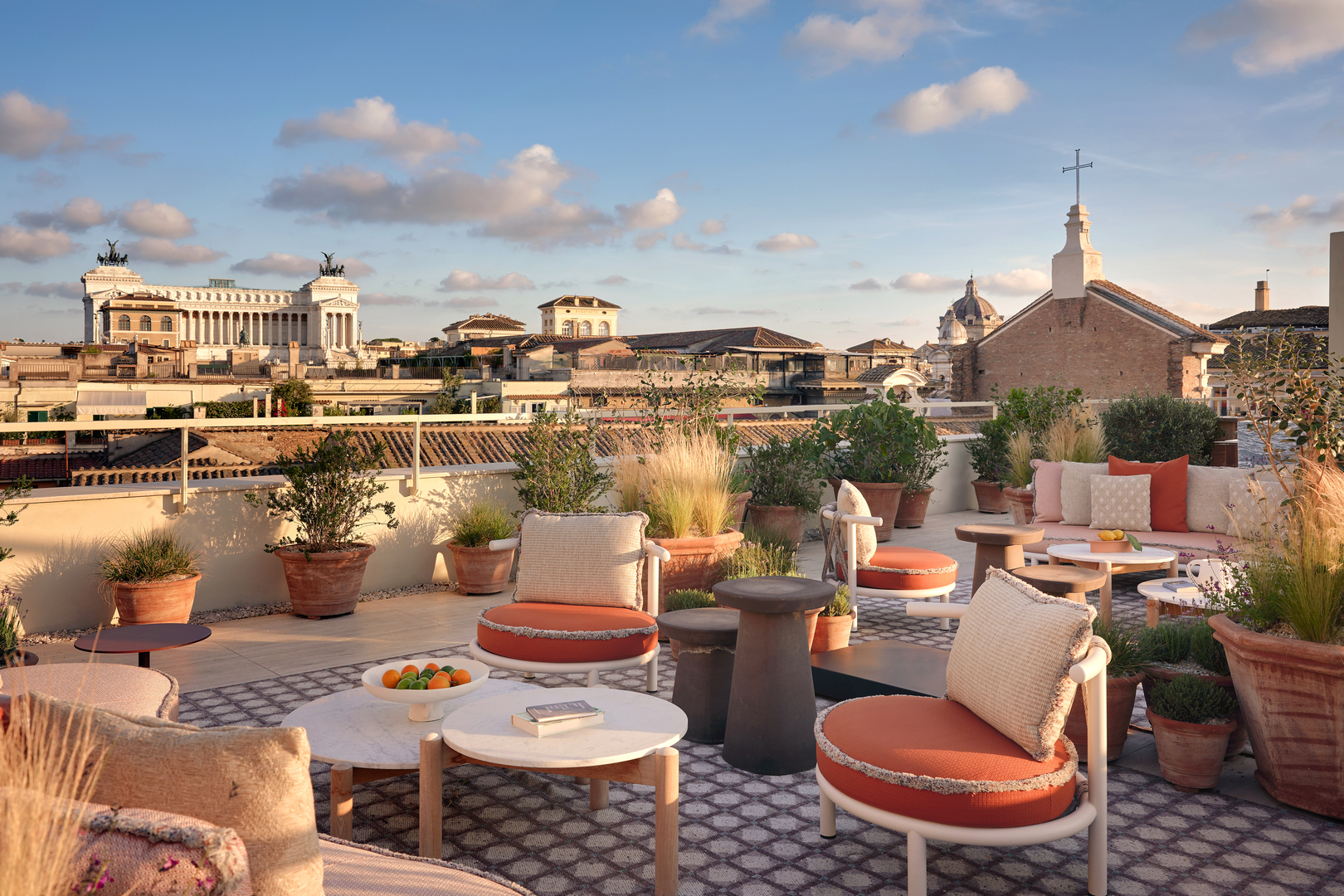
In contrast, Rome is currently witnessing a flourishing luxury hotel scene, transitioning from outdated grandeur to modern luxury, with the introduction of hotels such as W, Six Senses, and Edition, all providing upscale experiences. For more budget-conscious travelers, boutique hotels like Hotel Monte Cenci and the Hoxton ensure chic accommodations without steep prices.
Historical Attractions
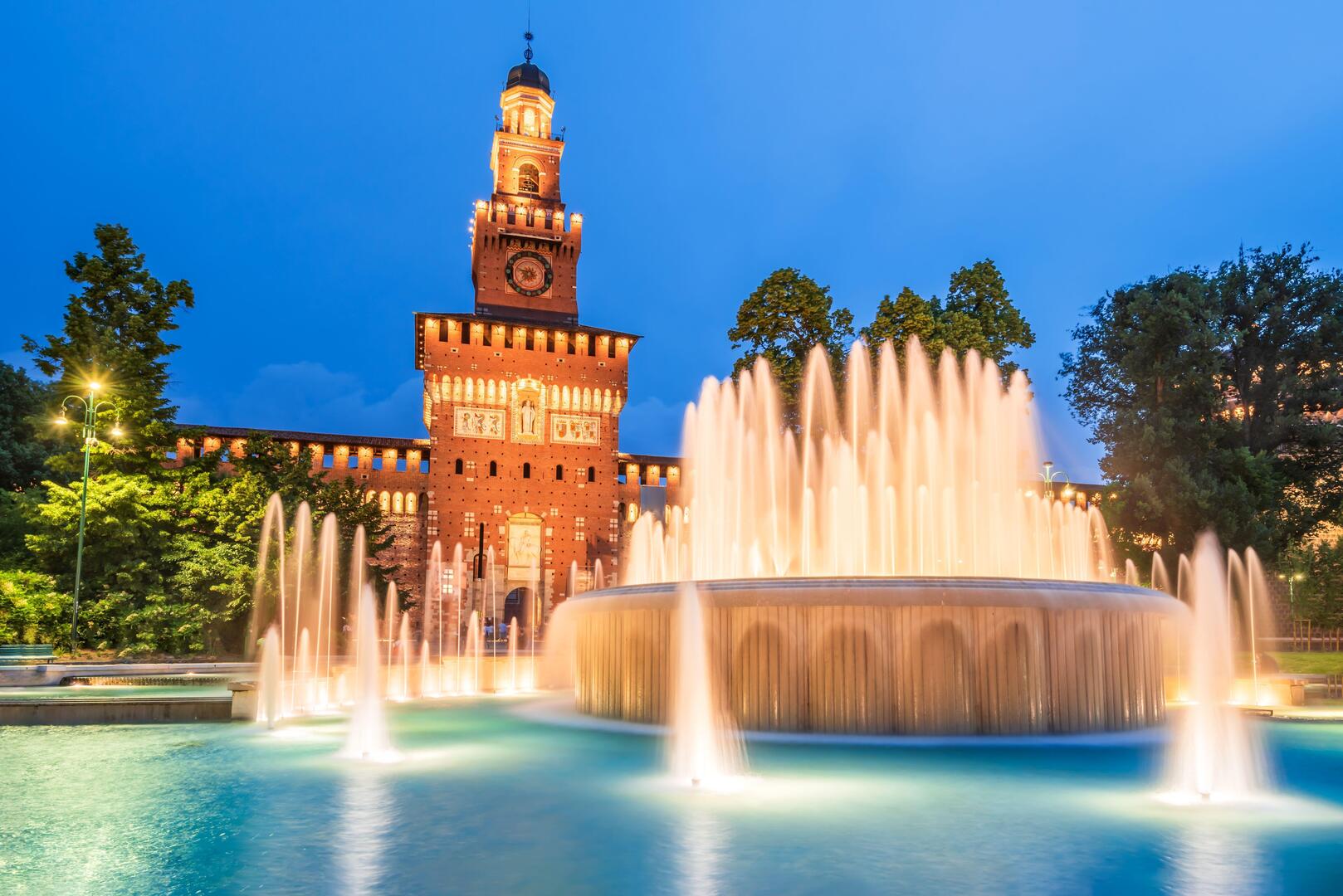
Declared Winner: Rome
When it comes to historical significance, Rome is unparalleled. It serves as a living museum of art and culture spanning over 3,000 years. Key sites include the ancient Forum, Palatine Hill, and the Colosseum, alongside the Vatican Museums. Iconic attractions like the Pantheon and the Trevi Fountain further enrich its historical allure.
Milan, while perhaps overshadowed, holds its own with remarkable sites such as the Duomo, a magnificent cathedral that took centuries to complete, and Castello Sforzesco, which houses various collections of art and archaeology. Landmarks like the Pinacoteca di Brera and Leonardo da Vinci’s “The Last Supper” at Santa Maria delle Grazie are also must-see attractions.
Overall Conclusion
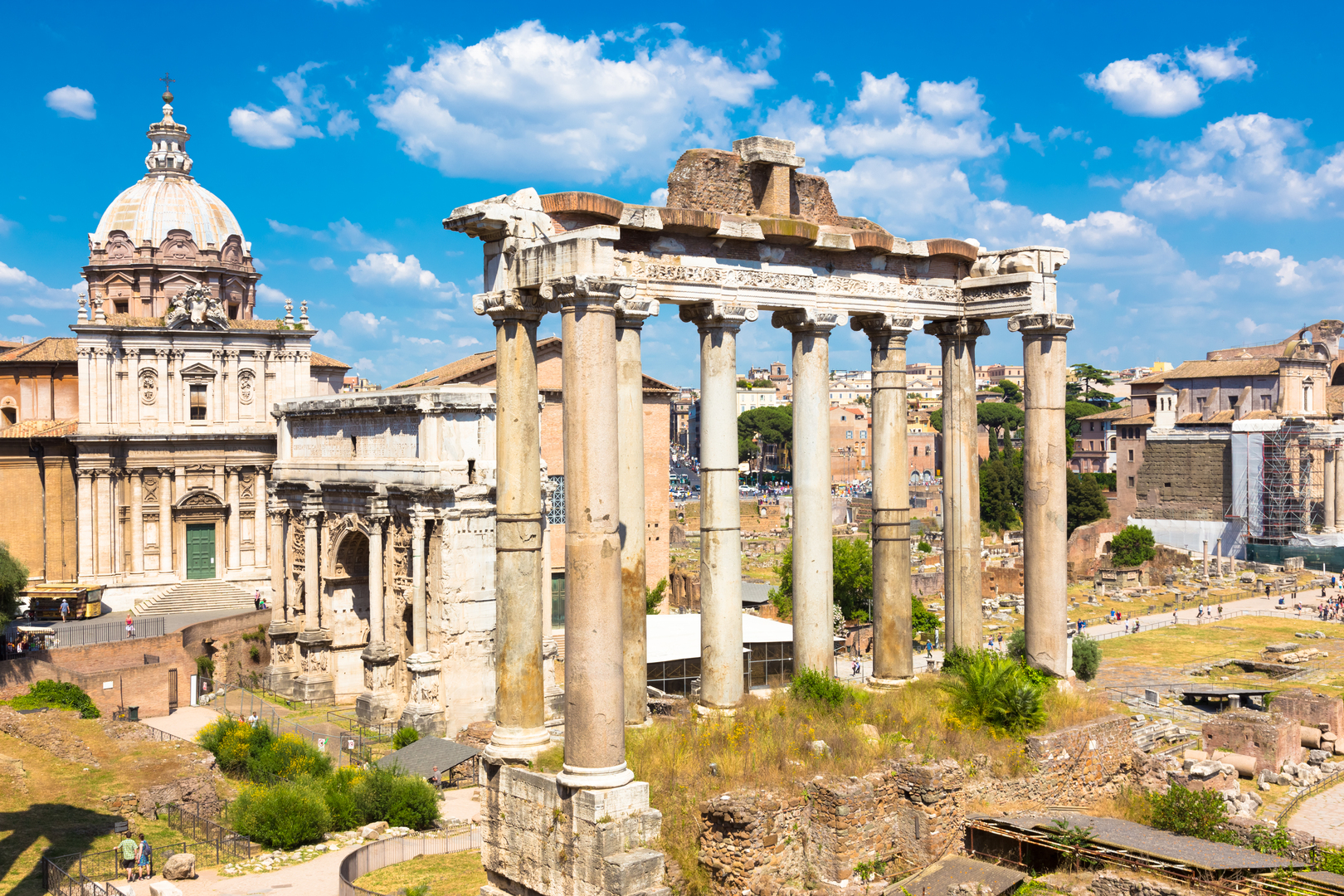
Overall Winner: Rome
When considering the wealth of history, culture, and experiences, Rome edges out as the stronger destination. This city encapsulates the essence of Western civilization within its streets. While I cherish my explorations in Milan, Italy’s northern gem, my heart remains captivated by the eternal wonders of Rome.
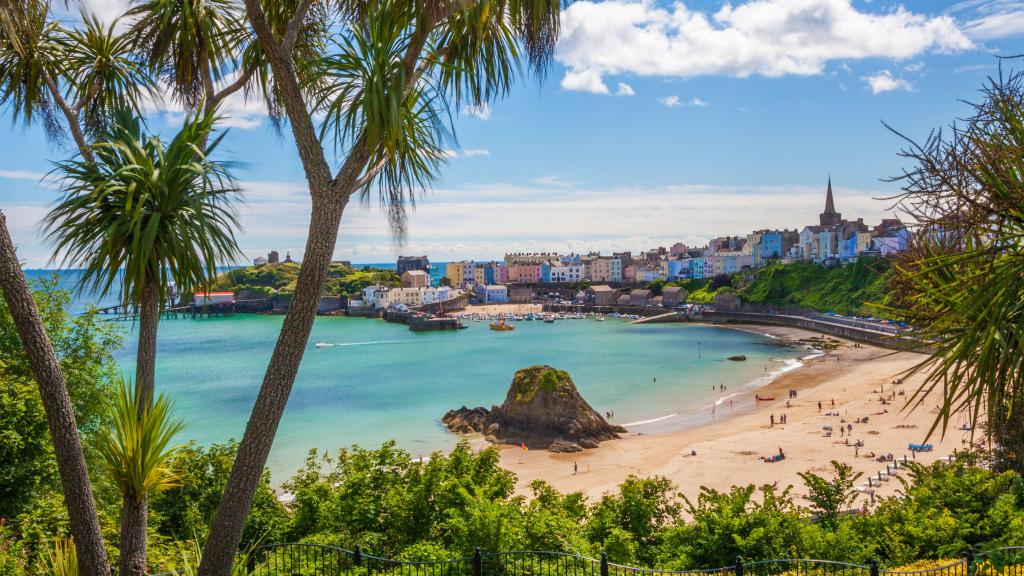
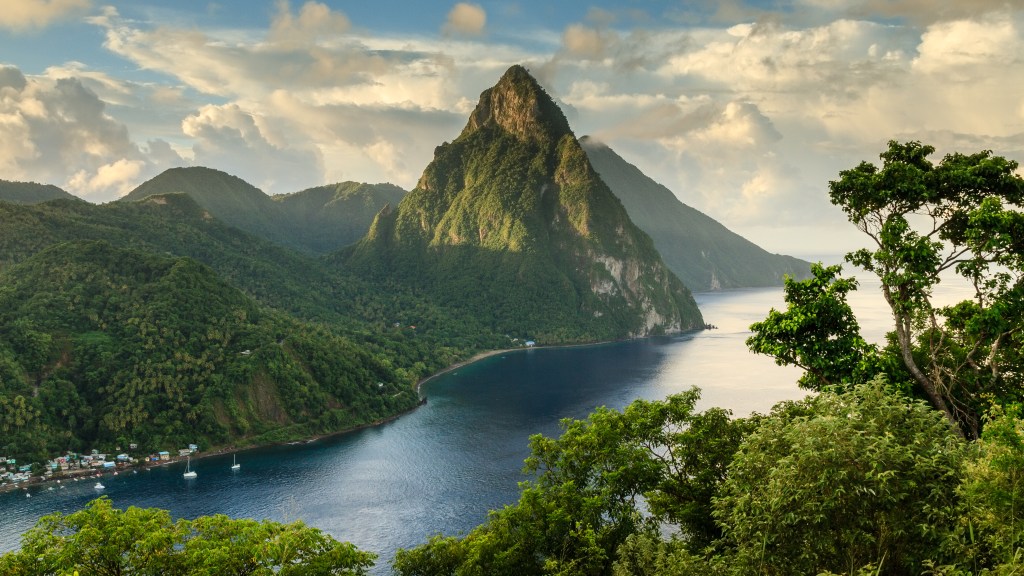
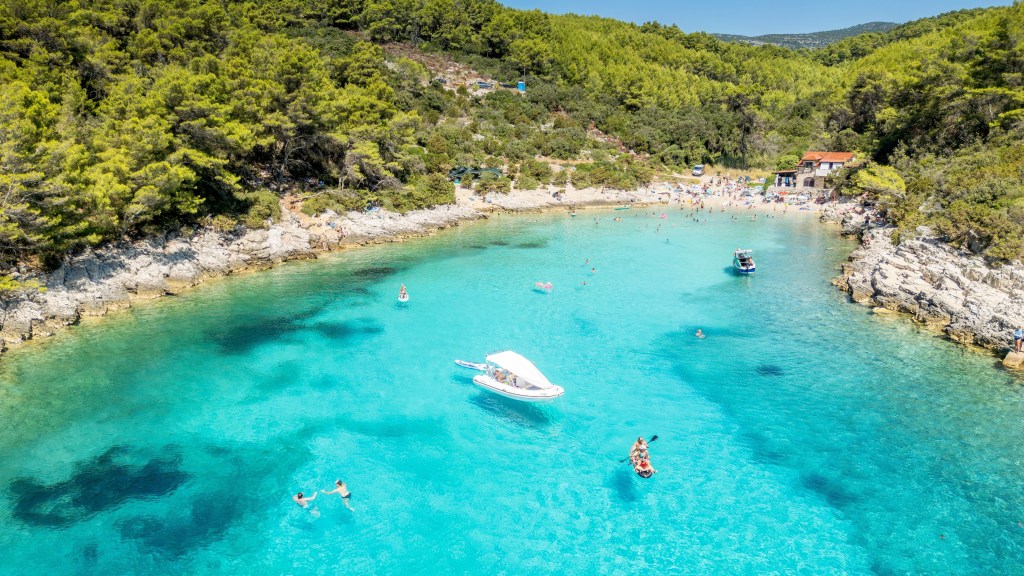
Post Comment